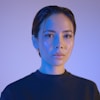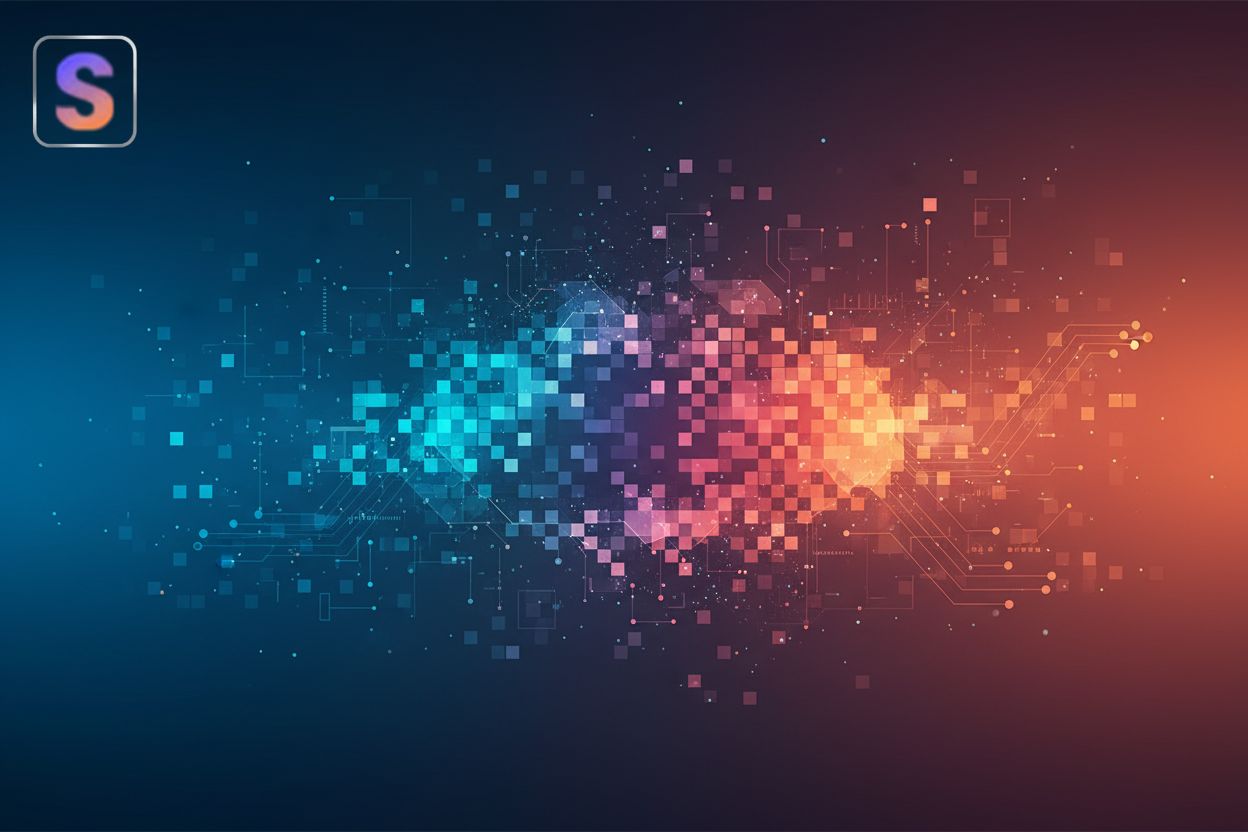AI-Based Object Detection for Selective Photo Enhancement: A Photographer's Guide
Understanding AI Object Detection in Photography
Object detection, at its core, is about teaching computers to "see" like we do. It's more than just recognizing an image; it's about pinpointing where specific objects are within that image. This capability is rapidly transforming how we interact with visual data.
Object detection goes beyond simple image classification. (Image Classification vs. Object Detection: Key Differences) Object Detection: The Definitive Guide explains that its goal is to answer the fundamental question: "What objects are where?" This involves:
- Identifying Objects: Determining what objects are present in an image (e.g., cars, people, buildings).
- Localizing Objects: Drawing bounding boxes around each detected object to indicate its precise location.
For example, in healthcare, object detection can automate the analysis of medical images, identifying anomalies like tumors AIDMAN: An AI-based object detection system for malaria diagnosis from smartphone thin-blood-smear images - PubMed. In retail, it can track customer behavior and optimize store layouts.
It's crucial to understand how object detection differs from related concepts:
- Image Classification: This simply assigns a label to the entire image (e.g., "cat" or "dog"). It doesn't locate the object within the image.
- Image Segmentation: This divides an image into regions, assigning each pixel to a specific object or background class. It provides a more detailed outline of objects compared to bounding boxes.
These techniques serve different purposes, but object detection provides the essential "what and where" information needed for many automated tasks.
Object detection is revolutionizing image analysis across various fields. (Object Detection & Image Recognition: Revolutionizing Visual ...) By automating the process of identifying and localizing objects, it enables:
- Increased Efficiency: Tasks that once required manual inspection can now be performed quickly and accurately by machines.
- Improved Accuracy: Ai-powered systems can often detect objects with greater consistency and precision than humans.
- Real-Time Insights: Object detection can provide immediate feedback and analysis, enabling timely decision-making.
As computer vision matures, it transitions toward widespread integration, marking a crucial step toward its full realization and impact on enterprises in various sectors, as noted by Object Detection: The Definitive Guide.
Next, we'll explore the role of deep learning in advancing object detection capabilities.
AI Object Detection for Selective Enhancement: The Process
Ai object detection is rapidly evolving, bringing new possibilities to photography. This technology can automatically identify specific elements in a photo, paving the way for selective enhancements.
- Ai excels at detecting objects like faces, sky, and foliage in images.
- Photographers can train ai on specific objects, such as camera models or flower types, for custom detection. This typically involves providing the ai with a dataset of images containing your custom objects, labeling them accurately, and then running a training process. For example, if you wanted to detect a specific rare bird, you'd feed the ai many photos of that bird, marking its location in each.
- Leverage pre-trained models for common objects to save time and resources. You can often find these models integrated into editing software or available through ai development platforms like TensorFlow Hub or PyTorch Hub.
This ability to automatically detect elements within the frame opens up exciting possibilities.
- Ai algorithms generate precise masks around the objects they detect.
- These masks isolate areas for selective editing, offering photographers unprecedented control.
- Ai-generated masks save time and improve accuracy compared to manual selection.
These masks are the key to applying targeted adjustments.
Next, we'll explore how to use these masks for selective adjustments and enhancements, taking your photo editing to the next level.
Tools and Software for AI-Powered Selective Enhancement
Ai-powered tools are changing how photographers approach selective enhancement. Object detection makes it easier than ever to target specific areas in your images.
Several software options now integrate ai object detection directly into their editing workflows. These all-in-one solutions, such as Luminar Neo (an evolution of Luminar Ai), offer features like automatic sky replacement and portrait enhancement. Many ai photo editors provide a streamlined experience, but professional photographers may prefer more control.
For those who prefer to stick with familiar tools, ai-powered plugins integrate with software like Adobe Photoshop and Lightroom. Examples include Topaz Labs' suite of plugins (like DeNoise Ai, Sharpen Ai, Gigapixel Ai) which use ai for various enhancements, and Luminar's plugins. Integrating ai into existing workflows allows photographers to harness new capabilities without overhauling their entire process.
Cloud-based services offer another avenue for ai-driven photo enhancement. Platforms like Canva's photo editor or Fotor provide accessible ai tools for quick edits. However, they may raise concerns about internet dependency and data privacy.
Next, we'll dive into how these tools are used in practice.
Practical Applications for Photographers
Ai object detection is revolutionizing photography by enabling precise, automated enhancements. Let's explore its practical applications for photographers.
Ai can transform portraiture with targeted adjustments.
- Selective skin smoothing and blemish removal enhances the subject's natural beauty. The ai identifies skin textures and applies subtle, targeted smoothing without losing natural detail.
- Eye enhancement and other facial feature adjustments draw attention to key areas. The ai pinpoints eyes and other features, allowing for precise sharpening or color adjustments.
- Background blur adjustments create better subject isolation. The ai detects the subject and intelligently blurs the background, making the person pop.
Landscape photographers gain powerful tools for refining their images.
- Sky and cloud enhancement adds dramatic effect to scenic shots. The ai recognizes the sky and applies adjustments like color saturation or contrast specifically to that area.
- Foliage and natural element detailing brings out textures and colors. The ai can isolate trees, leaves, or grass to enhance their vibrancy and detail.
- Exposure balancing corrects brightness variations. The ai analyzes different areas of the landscape, like bright skies and shadowed foregrounds, and adjusts exposure accordingly.
Ai ensures products look their best.
- Background isolation keeps the focus on the product. The ai precisely cuts out the product from its background, making it easy to place on a new one.
- Detail sharpening enhances textures and features. The ai identifies fine details on the product and sharpens them for a more appealing presentation.
- Lighting and color adjustments optimize presentation. The ai can analyze the product's lighting and color, making subtle corrections to make it more attractive.
These applications showcase how ai object detection can streamline and enhance photography workflows. Next, we'll explore creative applications.
Advanced Techniques and Considerations
Ai object detection is constantly improving, but there are still some things to keep in mind as you enhance your photos. Let's explore some advanced techniques and ethical considerations.
Ai object detection isn't always perfect; errors can occur.
- Correct errors in ai-generated masks by using manual selection tools.
- Fine-tune selections for complex scenes with overlapping objects.
- This ensures accuracy and prevents unwanted artifacts in your final image.
While ai offers powerful automation, combining it with manual editing provides the best results.
- Use ai as a starting point to generate initial masks and enhancements.
- Refine these results manually with tools like Photoshop to achieve your vision.
- This balance ensures efficiency while maintaining creative control.
As the document "Agentic Object Detection" details, computer vision with reasoning-driven ai is designed to achieve more precise recognition. This means future ai systems will not just identify objects, but also understand their context and relationships, leading to even more sophisticated editing capabilities.
Using ai for photo editing raises ethical questions.
- Be transparent about using ai for significant alterations.
- Avoid deceptive manipulations that mislead viewers.
- Maintain the integrity of your photographic work.
Next, we'll discuss the future trends and potential developments in ai object detection.
Transform Your Photos with AI: Snapcorn's Powerful Tools
Snapcorn's ai tools empower you to effortlessly transform photos.
- Remove backgrounds for crisp product shots.
- Upscale images for high-resolution detail.
- Colorize old photos, breathing new life into memories.
- Restore damaged images, preserving precious moments.
These features are free and require no sign-up. Discover more creative ai tools here.
The Future of AI Object Detection in Photography
Ai object detection is rapidly changing photography, but where is it headed? Emerging trends point toward even more sophisticated and user-friendly applications.
Expect ai models to become more accurate, identifying objects with greater nuance.
These advancements will enable the detection of subtle details, such as specific textures or lighting conditions. Detecting specific textures, like the grain of wood or the weave of fabric, is important for photographers who want to enhance tactile qualities. Similarly, recognizing precise lighting conditions – like golden hour or harsh midday sun – allows ai to make more contextually appropriate adjustments to color and mood.
For example, in healthcare, ai could identify minor tissue anomalies in medical images, improving early diagnosis.
Ai will increasingly integrate with computational photography, enhancing image quality automatically.
Imagine cameras that optimize settings based on detected objects, creating stunning images effortlessly.
Ai will assist with creative decisions, suggesting artistic styles based on image content.
Photographers can use ai to explore new visual aesthetics, pushing the boundaries of their art. For instance, if you upload a moody landscape, the ai might suggest styles like "cinematic," "painterly," or "vintage film," showing you previews of how your image would look in each.
Ultimately, ai will streamline editing processes, freeing photographers to focus on creative expression. The role of photographers will shift to guiding ai's creative output, shaping the final image with their artistic vision.




